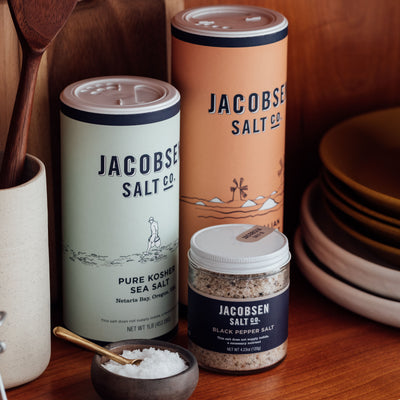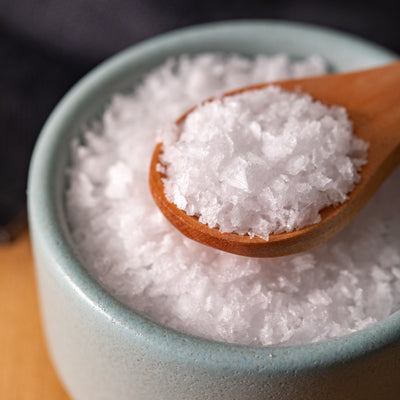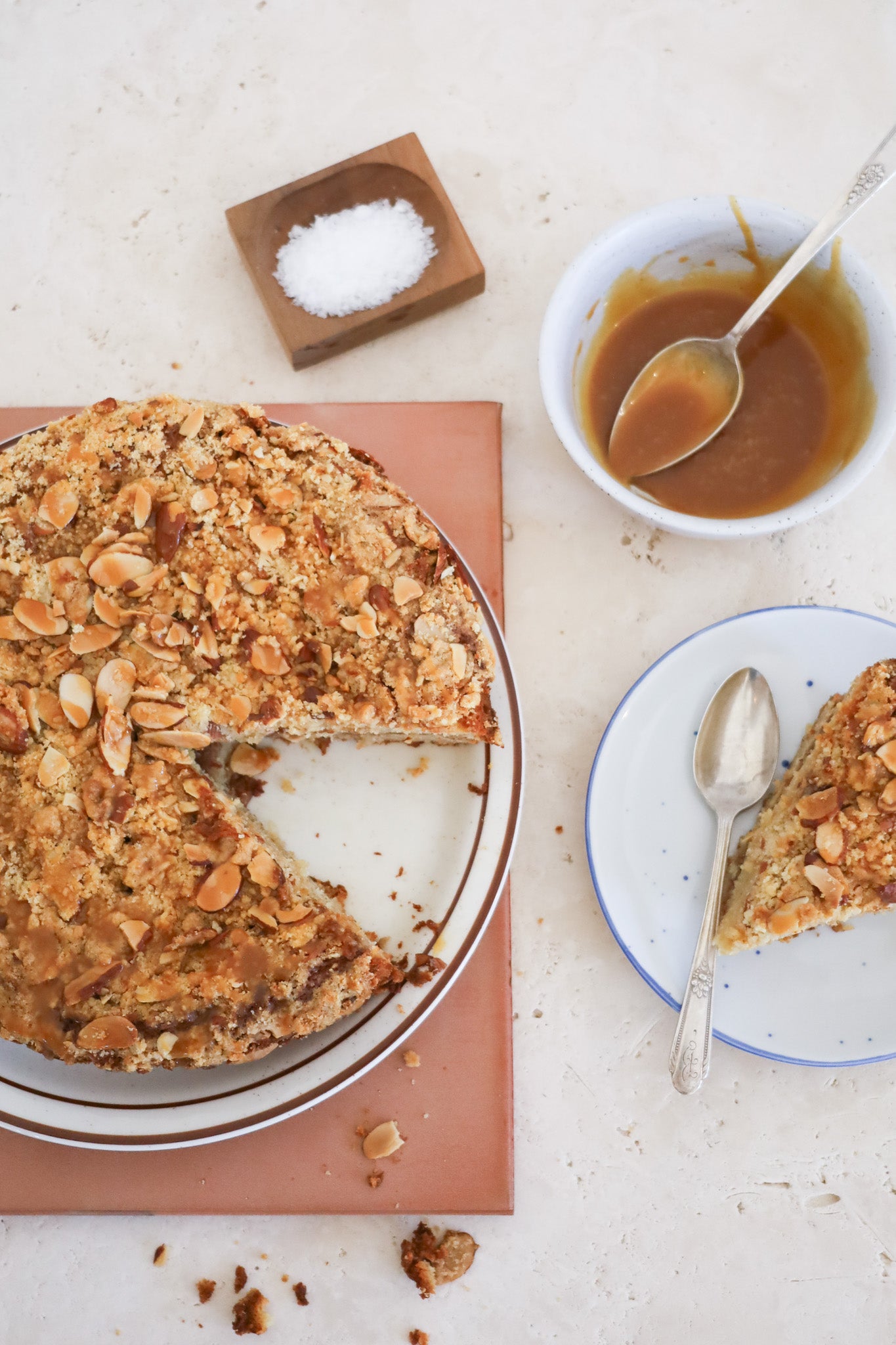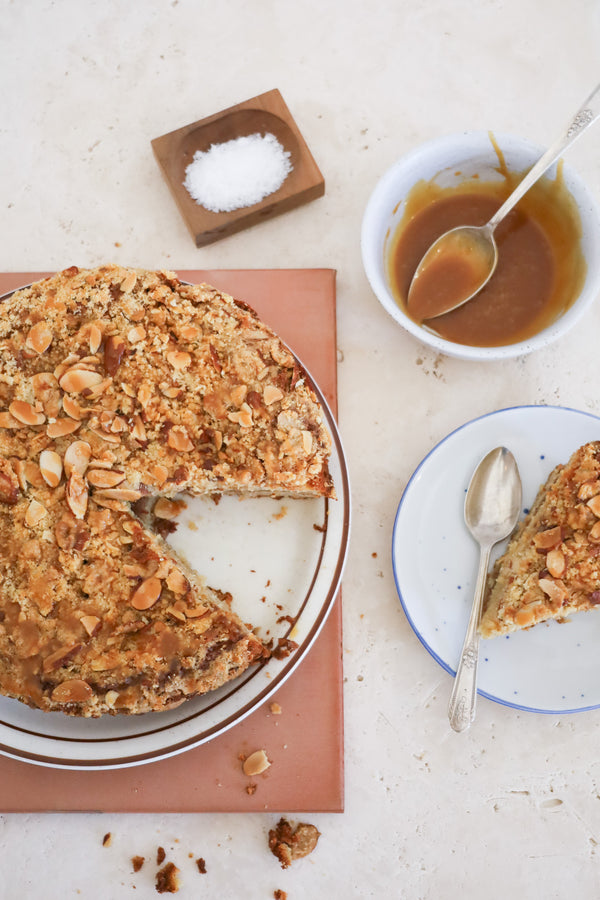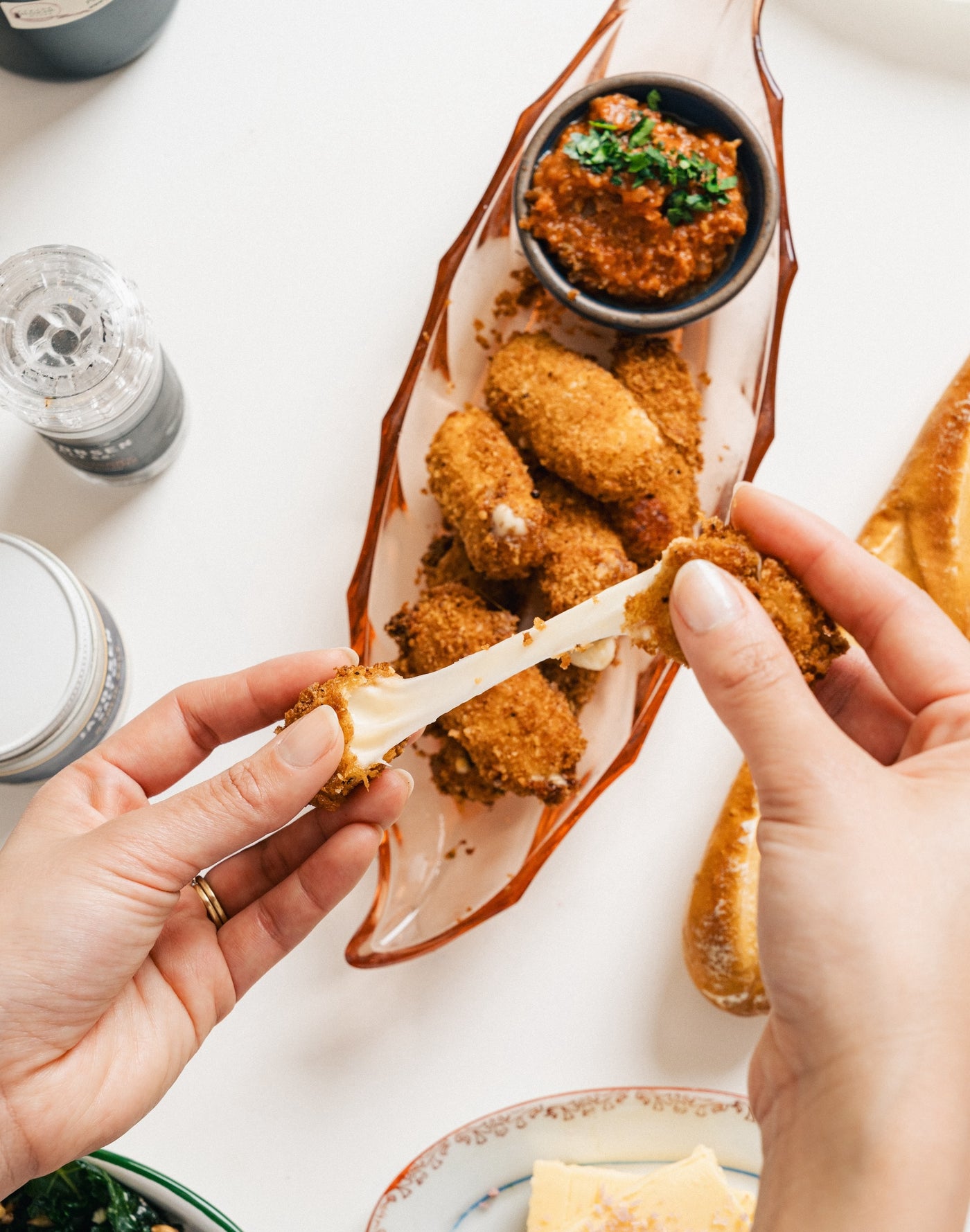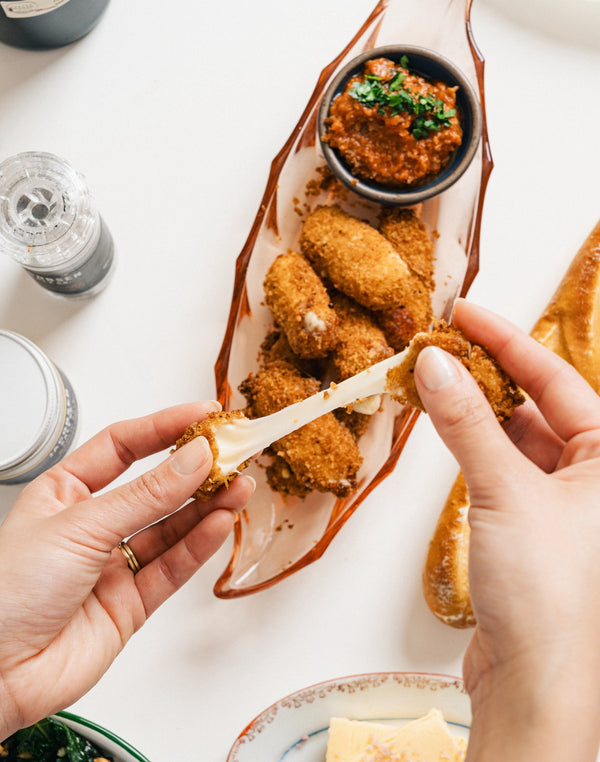
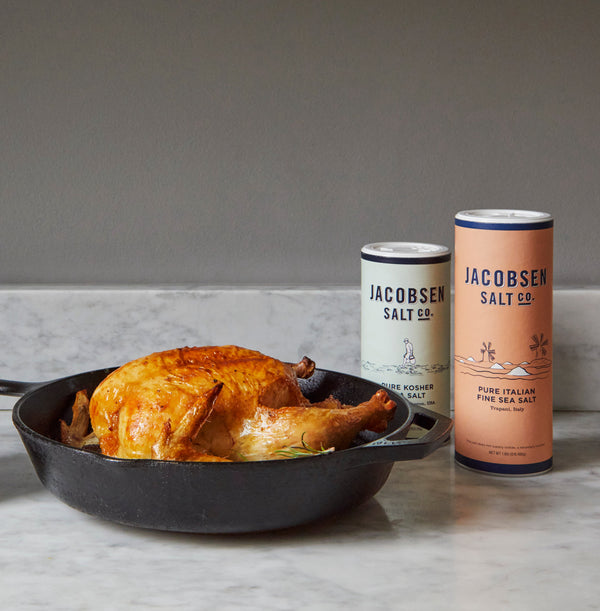
Brining 101
Posted by:
Jacobsen Salt Co.
Posted on:
Oct 07, 2021
Shop The Recipe
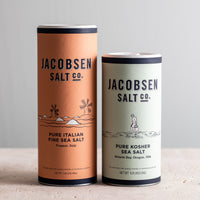
Canister Duo
$22
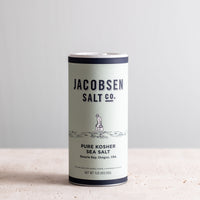
Pure Kosher Sea Salt
$13
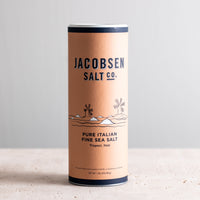
Pure Fine Sea Salt
$9
Throughout the centuries, brine (a solution of salt and water) has been used for two primary functions: preserving and seasoning.
Salt water at certain concentrations will prevent bacteria growth, making it ideal for preserving vegetables, fish and meat. It’s also remarkably effective at evenly seasoning and tenderizing drier cuts of meat and fish.
We'll be focusing here on brining as a method of seasoning, specifically when using our Pure Kosher Sea Salt, Pure Fine Sea Salt, or Savory Citrus Brine.
For more on using brines for pickling and preserving, visit our pickling 101 here.
Why use a Brine?
While brining may take a little planning, it makes for an extremely tasty result! Not only does brining evenly and thoroughly season meat, it breaks down protein structures, making meat and seafood tender and juicy.
Is brining only for meat and seafood?
Brines are typically used for meat and seafood as a method of seasoning. Soaking vegetables in brine is mostly used for preserving and pickling.
What is dry brining? How is it different from wet brining?
Dry brining is a bit of a misnomer, as the definition of a brine requires water. However, using only salt to season cuts of meat for hours up to one day in advance will produce a similar result to wet brining.
Dry brining has its advantages in that it takes up less space in your refrigerator, as you don’t need a large container to keep everything submerged in liquid. It also produces crispier skin on poultry since there is no added moisture. Dry brining still has the result of tenderizing meat, as the salt has the opportunity to work its magic by penetrating the outer membrane of the meat over time.
Why choose one method over the other?
There is no wrong answer here! Both methods will help achieve tender, juicy, and well seasoned meat. Use the method that works best for your timing and preferences. Want to avoid dry turkey breast? Try a traditional wet brine. Want to achieve perfectly crispy skin on your roasted chicken thighs but still ensure every bite is perfectly seasoned? Give dry brining a try!
What salt should I use to brine?
For a traditional wet brine, Pure Kosher Sea Salt or Pure Fine Sea Salt are great options, but the amount of salt will be different depending on the salt you use. Fine sea salt weighs more than kosher salt when measuring by volume, as the fine grains compress more than the larger kosher crystals. This means that if a recipe calls specifically for fine sea salt, you will need double the amount of kosher salt.
We highly recommend you only use kosher salt for dry brining. The larger salt flakes will cover more surface area without the risk of over salting your food.
Wet Brine 101
The amount of salt in a brine matters. Too little and you won’t have enough to prevent the growth of bacteria; too much and you will render your food inedible - no thanks!
In On Food And Cooking: The Science And Lore Of The Kitchen, Harold McGee explains that brine solutions are usually between 3-6% of salt to water by weight. Most recipes are around the 6% mark, which looks like this:
- 2 cups kosher salt to 1 gallon water
OR
- 1 cup fine sea salt to 1 gallon water


One gallon of brine should cover up to a 14lb turkey. For smaller amounts, divide the recipe in half or quarters to get the necessary amount of liquid. Remember, the meat must be fully submerged in the brine solution to avoid bacteria growth.
Some recipes recommend heating the water up to fully dissolve the salt and then cooling it completely before submerging the meat. Or, you can let salt sit for a few minutes in room temperature water and stir until completely dissolved. It is essential that you let your brine cool to room temperature before using, as you do not want to risk food-borne illness.
Place your poultry (whole or parts) or pork in a large ziplock bag or container with a cover. Add the brine to the bag or container, making sure that the meat is fully submerged. Cover and refrigerate using the handy time guide below.
About 30 minutes before you are ready to cook, remove your meat from the brine and pat dry. You do not need to rinse. Let the meat come to room temperature before cooking according to your favorite recipe. This can take anywhere from 30 minutes to an hour depending on what you are brining.
Note: We do not recommend wet brining for steak.
Dry Brine 101
Use 1/2 teaspoon of kosher sea salt for each pound of meat. Loosely cover with plastic wrap and set in the refrigerator using the time guide below.
About 30 minutes before you are ready to cook, remove your items from the refrigerator and pat dry (some excess salt may be removed in this process and that’s okay). You do not need to rinse. Let the meat come to room temperature before cooking according to your favorite recipe.
General Brining Guide
These times are a guide based on the recipe above.
|
Whole turkey |
12 to 24 hours |
|
Turkey breast |
4 to 8 hours |
|
Pork chops |
4 to 8 hours |
|
Whole chicken |
2 to 4 hours |
|
Chicken breast or thighs |
2 hours |
|
Shrimp |
30 minutes |
|
Fish fillets |
15 to 30 minutes |
Making your Own Brine vs Pre-Mixed Brines
As you can see, making a brine is pretty simple! However, you can add aromatics and other ingredients to your brine to create extra layers of flavor. Some recipes include ingredients similar to what you would see in stock, such as peppercorns, bay leaf, garlic and onion. You may also see brown sugar or apple cider added to brine recipes. These ingredients aren’t essential, but they do add nice balance to the saltiness and help with browning and caramelization.
Our Savory Citrus Brine was created to take the guesswork out of brining, while adding these layers of flavor to your final dish. Whether you use a pre-mixed brine like ours or create your own, you are guaranteed a tasty meal.
Using our Savory Citrus Brine
Our Savory Citrus Brine makes brining a breeze.
For a whole turkey (9-14lbs), you will need 2 jars of Savory Citrus Brine. Set aside 1/2 cup brine, then stir remainder of 1 jar, plus 1 additional jar, into 2 gallons of water. Fully submerge and brine turkey for 12-18 hours. Remove from wet brine and rub remaining brine onto skin prior to cooking.
For 1-2 turkey breasts or a whole turkey (up to 8lbs), set aside 1/4 cup brine, then stir remainder of jar into 1 gallon of water. Fully submerge and brine turkey for 12-18 hours. Remove from wet brine and rub remaining brine on to skin prior to cooking.


